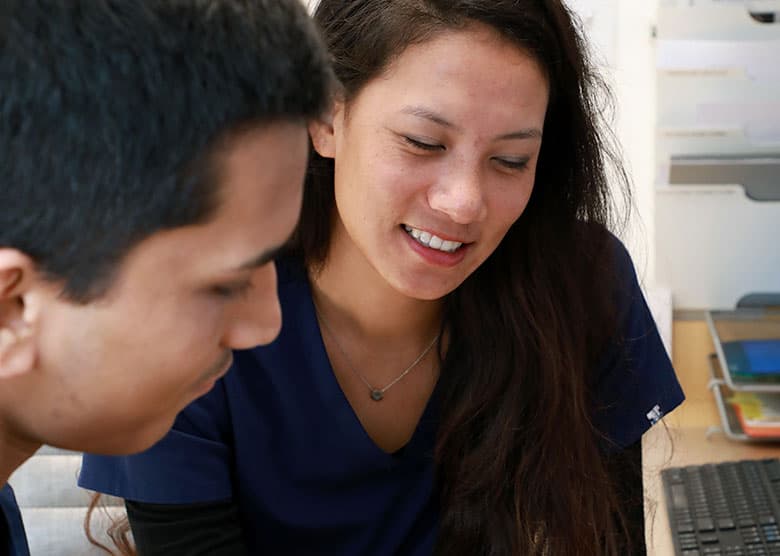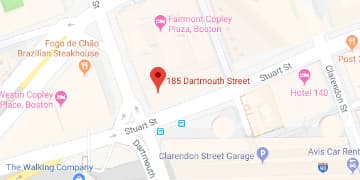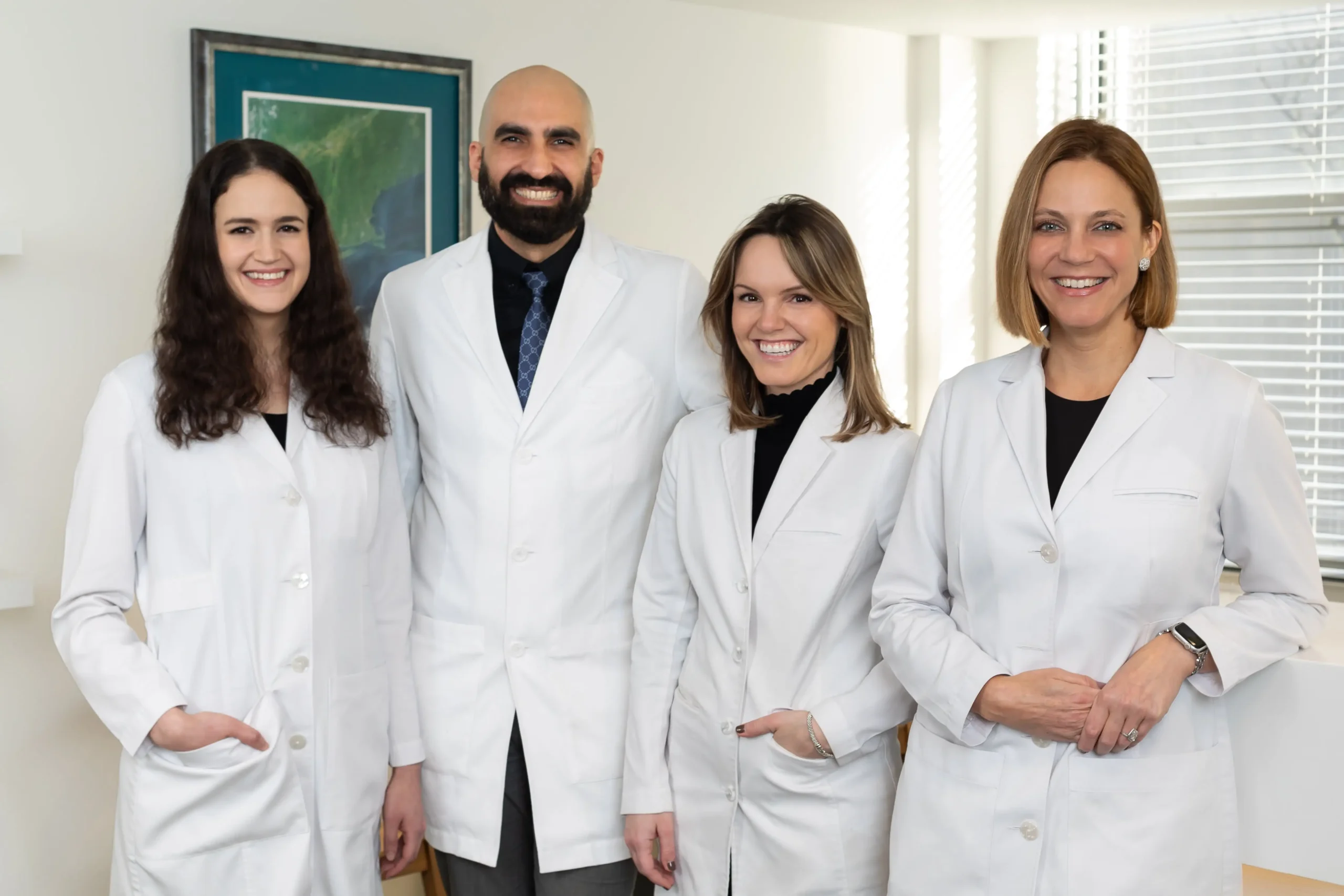How to do a monthly skin check
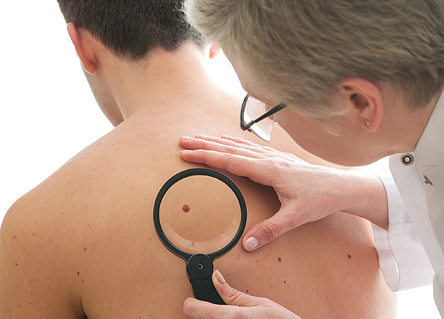
It’s important to keep an eye on your skin and any changes that may occur. Patients are recommended to take a good look at their own skin once a month. So put a reminder in your phone and spend 5 minutes doing a good check:
- Examine your face, especially your nose, lips, mouth and ears — front and back. Use one or both mirrors to get a clear view.
- Thoroughly inspect your scalp, using a blow-dryer and mirror to expose each section to view. Get a friend or family member to help, if you can.
- Check your hands carefully: palms and backs, between the fingers and under the fingernails. Continue up the wrists to examine both the front and back of your forearms.
- Standing in front of the full-length mirror, begin at the elbows and scan all sides of your upper arms. Don’t forget your underarms.
- Next, focus on the neck, chest and torso. Women should lift breasts to view the undersides.
- With your back to the full-length mirror, use the hand mirror to inspect the back of your neck, shoulders, upper back and any part of the back of your upper arms you could not view in step 4.
- Still using both mirrors, scan your lower back, buttocks and backs of both legs.
- Sit down; prop each leg in turn on the other stool or chair. Use the hand mirror to examine the genitals. Check the front and sides of both legs, thigh to shin, ankles, tops of feet, between toes and under toenails. Examine soles of feet and heels.
Refer to the ABCDE’s when monitoring a spot on your skin:
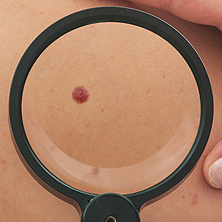
Asymmetry: when the shape of the lesion is not even;
Border: if the border is uneven or not well-defined;
Color: if there is more than color in the lesion;
Diameter: bigger than the size of a pencil eraser;
Evolving: if the lesion has been changing in any way over time, either slowly or quickly.

